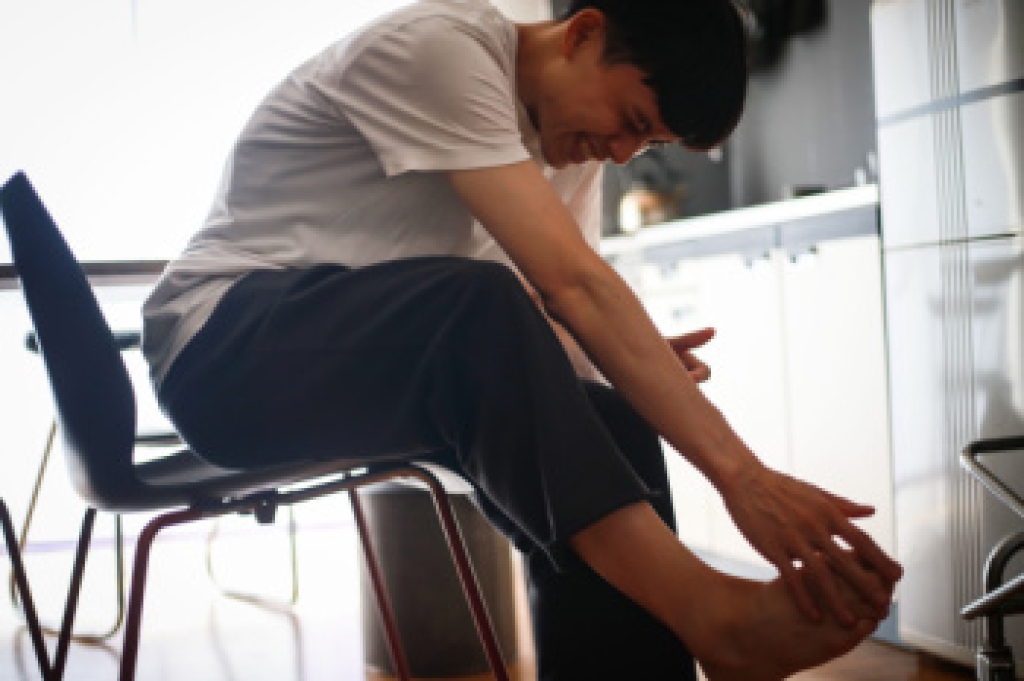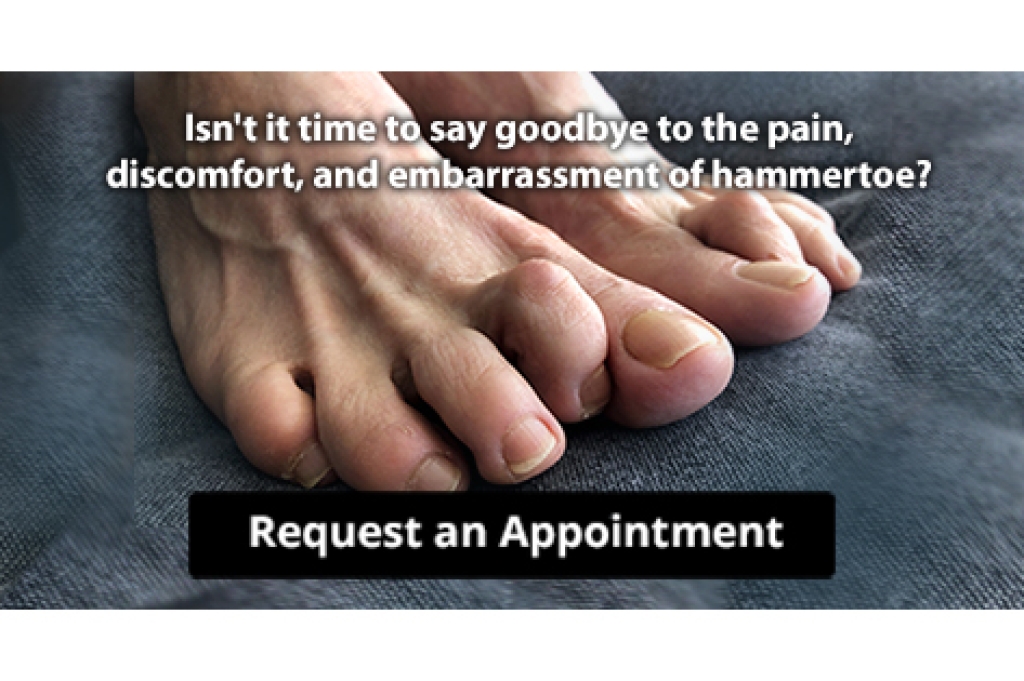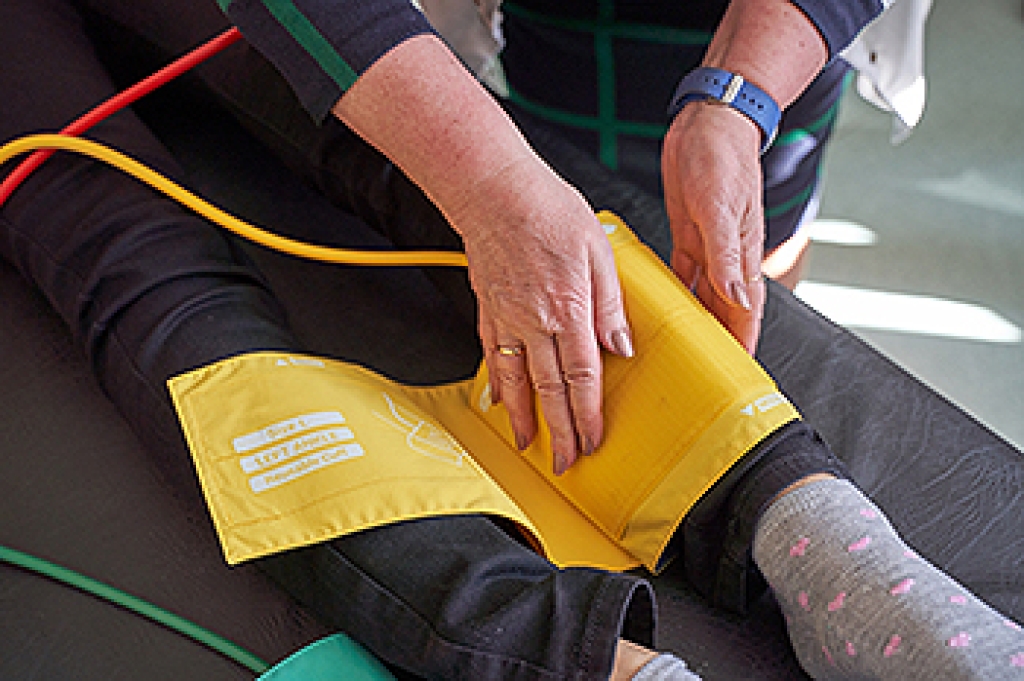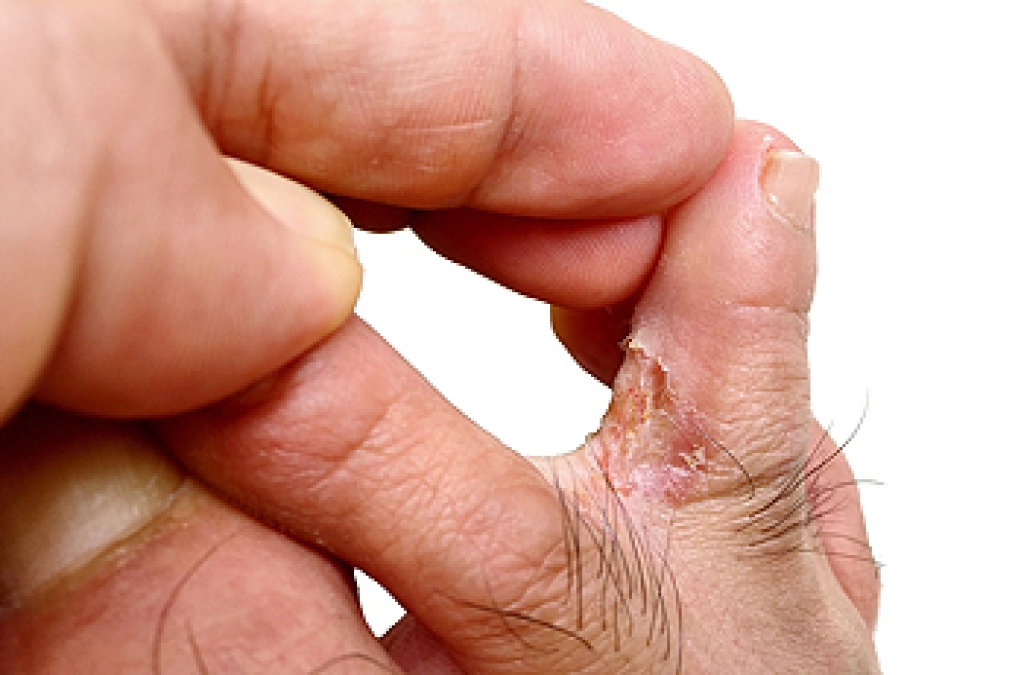
Gout is a painful type of arthritis that commonly affects the feet, most often the big toe. It can cause intense swelling, redness, and tenderness. Studies suggest that gout and kidney disease are closely linked, as both involve high levels of uric acid in the body. When kidney function declines, uric acid may not be removed efficiently. This allows crystals to build up in the joints of the feet and ankles, leading to excruciating flare-ups. Recurrent gout attacks may also increase the likelihood of kidney complications over time. Shared risk factors like high blood pressure, diabetes, and obesity can raise the chances of developing both conditions. A podiatrist can conduct tests to see whether foot pain is caused by gout. Treatment can help to manage joint damage, decrease discomfort, and preserve mobility in the feet and ankles. If you have symptoms of gout, it is suggested that you make an appointment with a podiatrist for an exam, diagnosis, and treatment.
Gout is a foot condition that requires certain treatment and care. If you are seeking treatment, contact Edward Sharrer, DPM from Premier Foot and Ankle Clinic. Our podiatrist will treat your foot and ankle needs.
What Is Gout?
Gout is a type of arthritis caused by a buildup of uric acid in the bloodstream. It often develops in the foot, especially the big toe area, although it can manifest in other parts of the body as well. Gout can make walking and standing very painful and is especially common in diabetics and the obese.
People typically get gout because of a poor diet. Genetic predisposition is also a factor. The children of parents who have had gout frequently have a chance of developing it themselves.
Gout can easily be identified by redness and inflammation of the big toe and the surrounding areas of the foot. Other symptoms include extreme fatigue, joint pain, and running high fevers. Sometimes corticosteroid drugs can be prescribed to treat gout, but the best way to combat this disease is to get more exercise and eat a better diet.
If you have any questions, please feel free to contact our office located in North Little Rock, AZ . We offer the newest diagnostic and treatment technologies for all your foot care needs.




